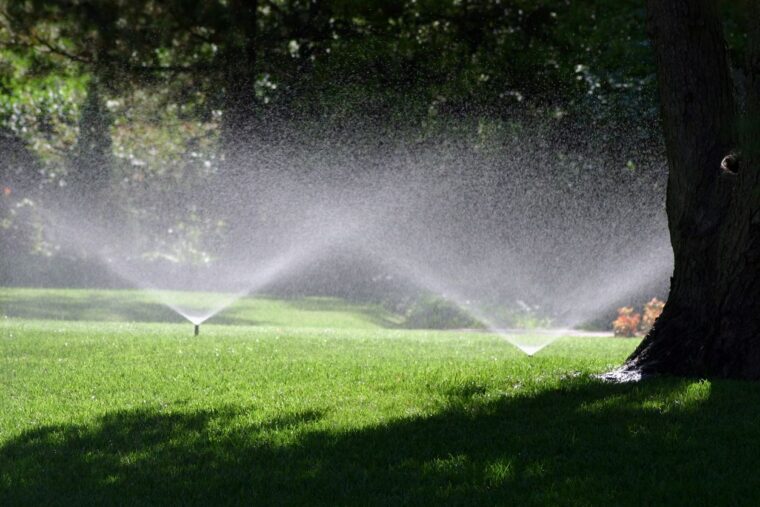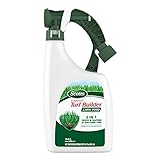Maintaining a lush, green lawn is a goal for many homeowners, but achieving this requires a well-planned lawn care schedule. Knowing when to mow, water, and fertilize can make all the difference in the health and appearance of your lawn. This article provides a comprehensive guide to the best lawn care practices, supported by research and expert recommendations.
Mowing: The Foundation of Lawn Care
Mowing is more than just cutting grass; it’s about maintaining the right height and promoting healthy growth.
How Often Should You Mow?
Grass growth varies with the seasons, so your mowing schedule should adapt accordingly. During the peak growing season in spring and early summer, mowing once a week is generally sufficient. In contrast, during the slower growth periods of late summer and fall, mowing every two weeks may be adequate.
The Ideal Grass Height
Maintaining the correct grass height is crucial for lawn health. Most experts recommend keeping grass at a height of 2.5 to 3 inches. This height allows for optimal photosynthesis and root development while shading the soil to prevent weed growth.
Mowing Tips
- Always mow with sharp blades to ensure clean cuts and reduce stress on the grass.
- Avoid cutting more than one-third of the grass height at a time to prevent shock.
- Change your mowing pattern regularly to prevent soil compaction and uneven growth.
Watering: Quenching Your Lawn’s Thirst
Watering is essential for a healthy lawn, but overwatering can be just as harmful as underwatering.
When and How Much to Water
The best time to water your lawn is early in the morning, between 6 a.m. and 10 a.m. This timing allows water to soak into the soil before the sun’s heat causes evaporation. Most lawns require about 1 to 1.5 inches of water per week, including rainfall.
Watering Techniques
- Use a rain gauge to measure rainfall and adjust your watering schedule accordingly.
- Water deeply and infrequently to encourage deep root growth.
- Avoid watering in the evening to reduce the risk of fungal diseases.
Fertilizing: Feeding Your Lawn
Fertilizing provides essential nutrients that promote healthy growth and vibrant color.
When to Fertilize
The best time to fertilize your lawn depends on the type of grass you have. Cool-season grasses, such as Kentucky bluegrass and fescue, benefit from fertilization in early spring and fall. Warm-season grasses, like Bermuda and zoysia, should be fertilized in late spring and summer.
Choosing the Right Fertilizer
Select a fertilizer with the appropriate nutrient ratio for your lawn’s needs. A soil test can help determine which nutrients are lacking. Generally, a balanced fertilizer with equal parts nitrogen, phosphorus, and potassium is a good starting point.
Fertilizing Tips
- Follow the manufacturer’s instructions for application rates to avoid over-fertilization.
- Use a spreader for even distribution and to prevent patchy growth.
- Water your lawn after fertilizing to help nutrients penetrate the soil.
Conclusion
Creating a successful lawn care schedule involves understanding the specific needs of your grass type and adjusting your practices throughout the year. By mowing at the right height, watering efficiently, and fertilizing appropriately, you can maintain a healthy, beautiful lawn. Remember, consistency is key, and small adjustments can lead to significant improvements in your lawn’s health and appearance.
With these guidelines, you’re well on your way to achieving the lush, green lawn of your dreams. Happy gardening!












